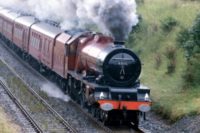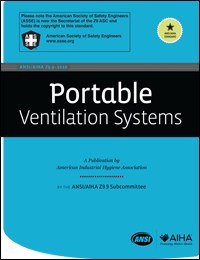 Human error by workers caused a 2012 collision of two Canadian National Railway freight trains in Minnesota that injured all five crewmembers on the two trains, according to a report by the National Transportation Safety Board (NTSB).
Human error by workers caused a 2012 collision of two Canadian National Railway freight trains in Minnesota that injured all five crewmembers on the two trains, according to a report by the National Transportation Safety Board (NTSB).
The accident occurred on September 30th, when a southbound CN freight train collided head on with a northbound CN freight train near Two Harbors, Minnesota. The trains were operating in non-signaled track territory. The northbound train had 118 empty iron ore railcars and had been given authority to operate on the single main track. The southbound train had 116 railcars loaded with iron ore and did not have authority to operate on the single main track. As a result of the collision, three locomotives and 14 railcars derailed.
The NTSB found that the crew departed a railroad siding without permission and before the northbound train had passed.
Contributing to the accident was CN’s use of after-arrival track authorities in non-signaled territory, a procedure that is vulnerable to human error and lacks safety redundancies. The NTSB noted crew fatigue and inadequate crew resource management also played a part in the accident.
“Since 1996, the NTSB has investigated four other head-on collisions where after-arrival track authority was causal,” said Chairman Deborah A.P. Hersman. “Relying on a system that depends on error-free human performance for safety is a recipe for disaster.”
As a result of the investigation, the NTSB made safety recommendations to the Federal Railroad Administration as well as to several railroad companies and associations, including CN, Union Pacific Railroad, and Norfolk Southern Railroad.
A synopsis of the NTSB report, including the probable cause, findings, and a complete list of the safety recommendations, is available at http://go.usa.gov/4AP5. The full report will be available on the website in several weeks.




